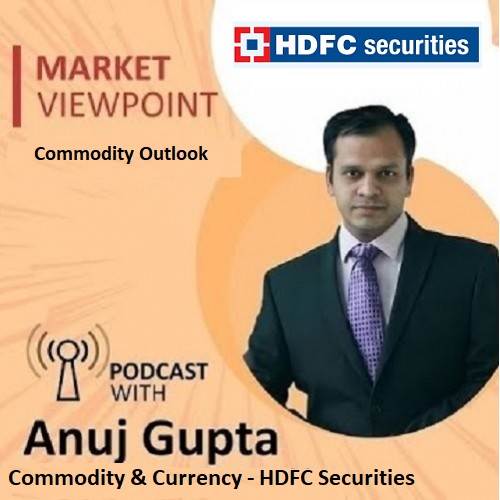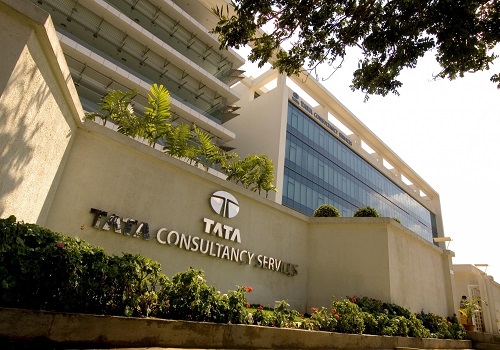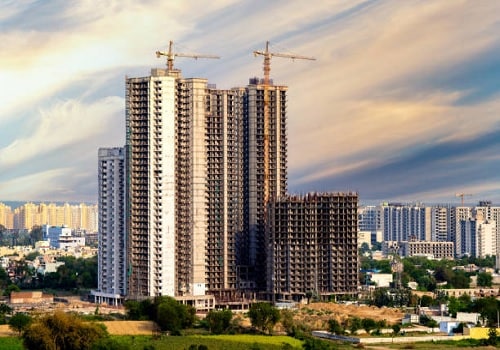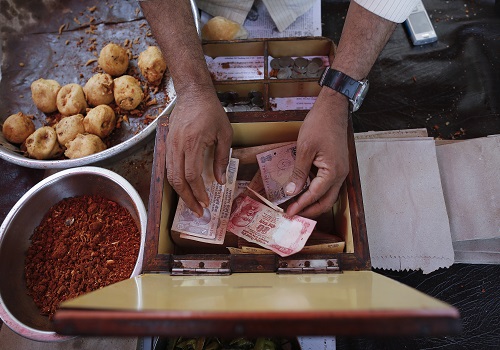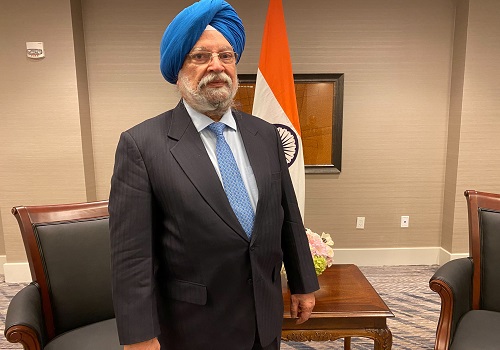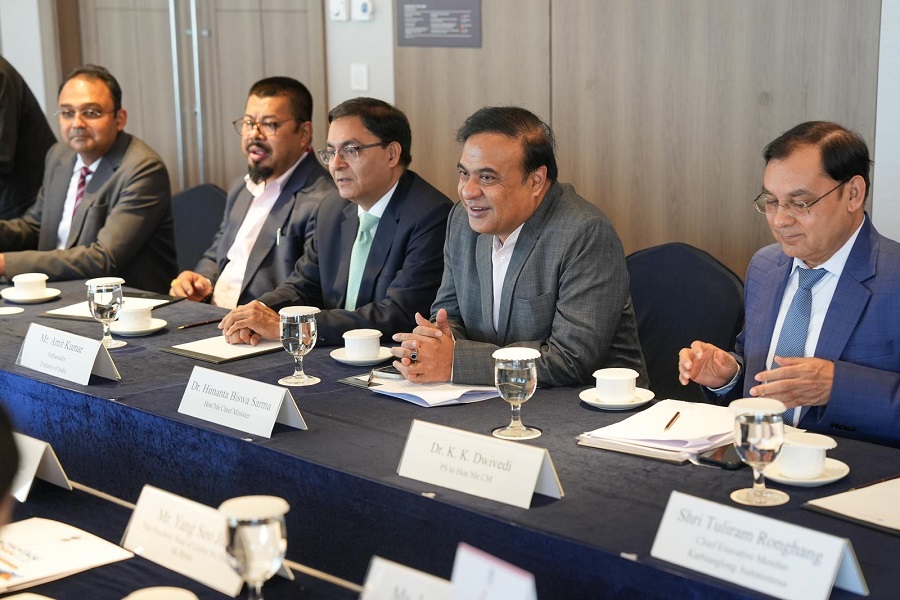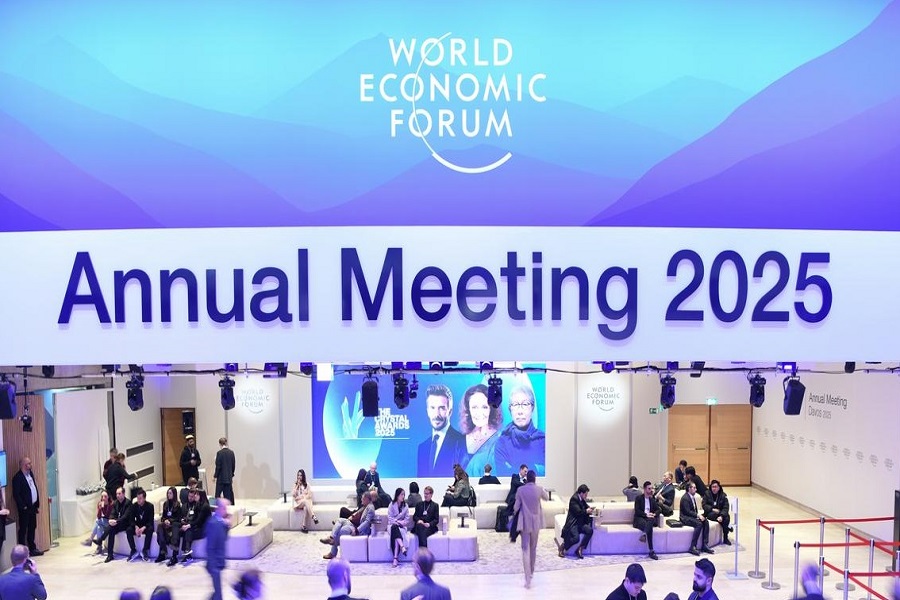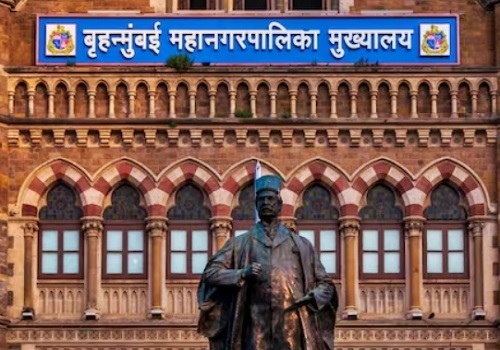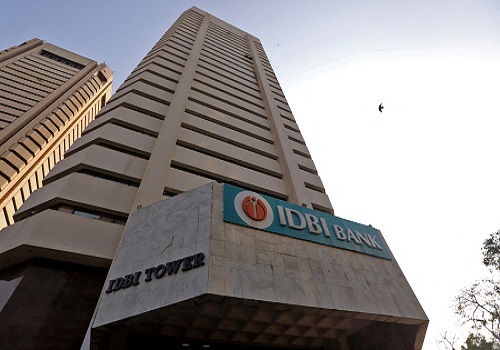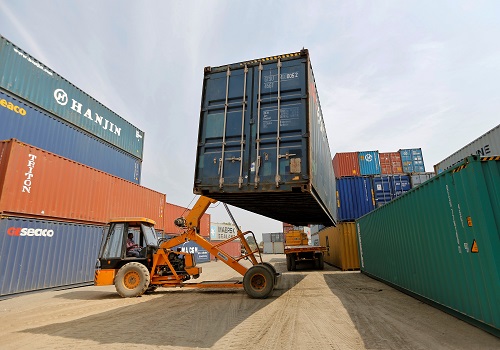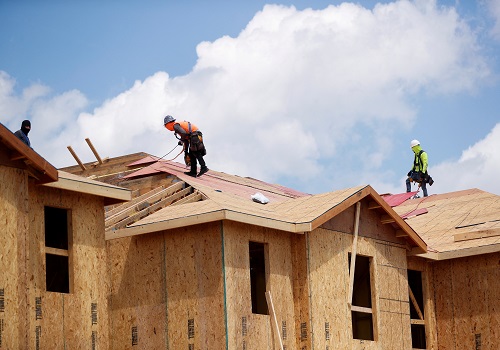India economy likely grew at weakest pace in a year in Jan-March
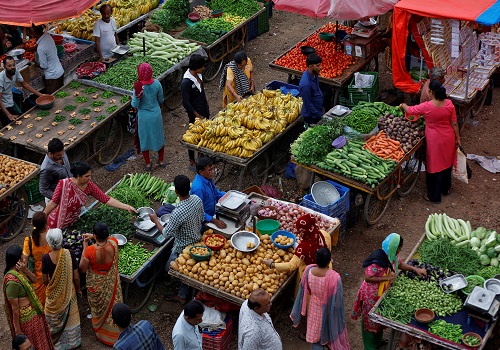
India's economy likely grew at its slowest pace in a year in the January-March quarter due to weak demand, according to a Reuters poll of economists who said the possibility of growth significantly surpassing their forecasts was low.
The country's gross domestic product (GDP) unexpectedly grew by 8.4% in October-December compared to a year earlier, thanks to a sharp drop in subsidies which provided an artificial boost to net indirect taxes. But economic activity, as measured by gross value added (GVA), showed a more modest 6.5% expansion.
Economists in the poll said that situation was unlikely to have been repeated in the last quarter.
Growth in Asia's third-largest economy likely slowed to an annual 6.7% in January-March, more in line with the long-term GDP growth rate, according to a Reuters poll of 54 economists. GVA growth was expected to slow to 6.2%.
Most economists in the poll said growth likely slowed due to moderation in both the manufacturing and services sectors. They also cited a muted contribution from agriculture.
Forecasts for GDP growth were in a 5.6%-8.0% range. The data are due at 1200 GMT on May 31, just days before general election results will be announced on June 4. Prime Minister Narendra Modi is expected to win a rare third term in power.
"We expect some sanity to return," said Kunal Kundu, India economist at Societe Generale. "Among the components, we do not expect any major improvement."
Over two-thirds of economists who answered an additional question said the possibility of GDP growth significantly surpassing their forecast was low. The rest said it was high.
"Core inflation continuing to drop and recording the lowest growth since the onset of the pandemic is symptomatic of weak domestic demand," Kundu said.
Weaker growth in private consumption, which accounts for 60% of GDP, was also likely to appear in upcoming quarters.
Economic growth, which likely averaged 7.7% last fiscal year, was forecast to slow to 6.8% this fiscal year and 6.6% in the next, suggesting consistent 8% growth was still some distance away for the world's fastest-growing major economy.
While most economists reckon 8% or higher growth is needed to generate adequate job growth for millions of young people joining the work force, some are skeptical that can be consistently achieved.
Miguel Chanco, chief emerging Asia economist at Pantheon Macroeconomics, said 5-6% was a "reasonable" potential growth rate for India's economy.
"For this potential to be reaped, though, reforms need to be pursued, and Modi 2.0 took some steps back on this front - a reversal of agriculture reforms, delay in the implementation of new labour codes and a broad turn away from regional trade agreements."
A growing divergence between financial economists' GDP forecasts and government estimates has also raised questions over how India measures growth.
The National Statistical Office (NSO) said it expected GDP growth to be 5.9% in the January-March quarter.
"I think there is a slight overestimation of the informal sector GDP...which is why things on the ground probably do not look as exuberant as the headline numbers suggest," said Dhiraj Nim, economist at ANZ.
The informal sector contributes nearly half of the country's GDP and employs about 90% of India's workforce.

